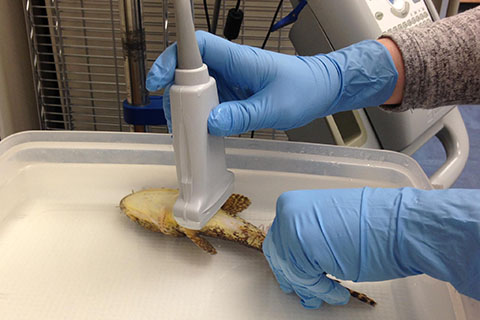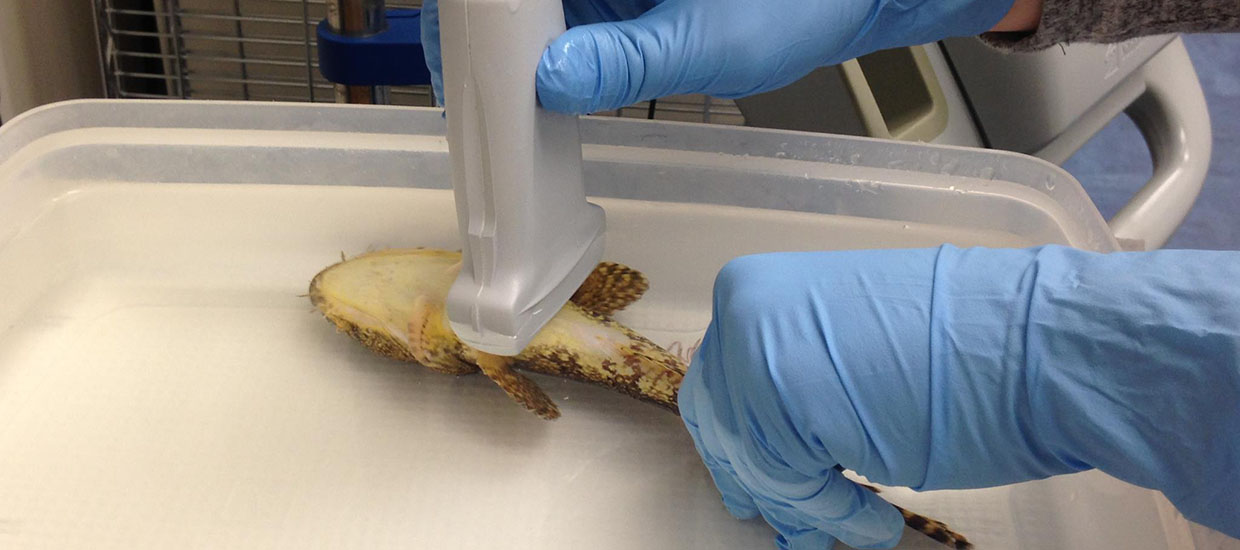The second aspect of my research program is looking at the role of 5-HT, and the 5-HT1A receptor, in the regulation of the hypothalamic-pituitary-interrenal (HPI) axis. The HPI axis is involved in mediating the stress response, namely cortisol release, in fish and is analogous to the mammalian hypothalamic-pituitary-adrenal (HPA) axis. This work on 5-HT1A is related to the urea project outlined above, as I believe that the fluctuations in circulating cortisol concentrations around the time of a pulse are mediated by 5-HT through 5-HT1A. However, this project also has direct human health implications. Major depressive disorder (MDD) represents one of the most prevalent clinical diagnoses globally and MDD and anxiety-related disorders are only predicted to rise in prevalence over the next 20 years. Dysfunction in the 5-HT1Areceptor could account for the 5-HT deficiency and the hyperactivity of the stress response that make up the two predominant theories explaining the cause of depression. We believe that the gulf toadfish, Opsanus beta, may make an excellent non-mammalian model to study this human health issue.
Similar to findings in mammals, our work has shown the mammalian 5-HT1A receptor agonist, 8-hydroxy- 2-(di-n- propylamino) tetraline (8-OH-DPAT) causes a significant increase in circulating levels of cortisol within 0.25 h in the gulf toadfish, Opsanus beta (Medeiros et al., submitted). This pharmacological evidence was recently supported by molecular evidence; we have recently cloned and sequenced the full length toadfish 5-HT1A receptor (GenBank Accession #FJ769221), which shows 68% homology to the mammalian receptor. Using qPCR, we have determined that 5-HT1A receptors are found throughout tissues of the gulf toadfish, though predominantly in the brain and reproductive system, including the swim bladder, which is an important organ for communication during reproduction (Medeiros et al., submitted). Different brain regions express the receptor in varying amounts with 5-HT1A appearing to be most concentrated in the pituitary and the medulla, similar to the pattern of expression found in mammals. The toadfish 5-HT1A receptor has been expressed in Xenopus oocytes to determine toadfish 5-HT1A receptor binding kinetics and pharmacological specificity to different mammalian-based 5-HT1A receptor agonists and antagonists (Medeiros et al., submitted). Our future work includes testing the hypotheses that toadfish 5-HT1A is sensitive to fluctuations in circulating cortisol, that the location of 5-HT1Aimmunoreactivity and serotonergic innervation throughout toadfish brain is comparable to that of mammalian brain and that downregulation of 5-HT1A through chronic antidepressant administration has repercussions on the stress response.





